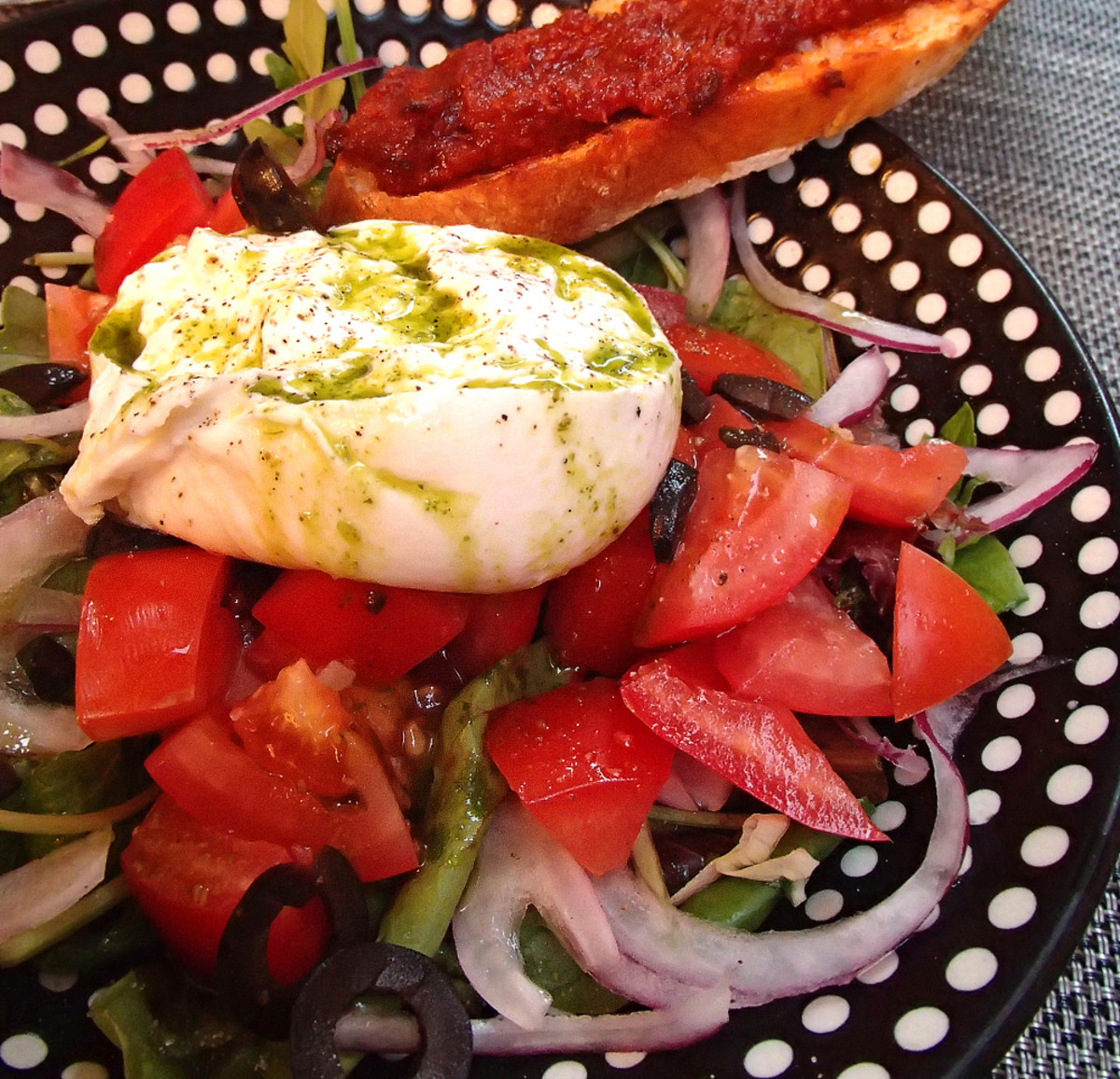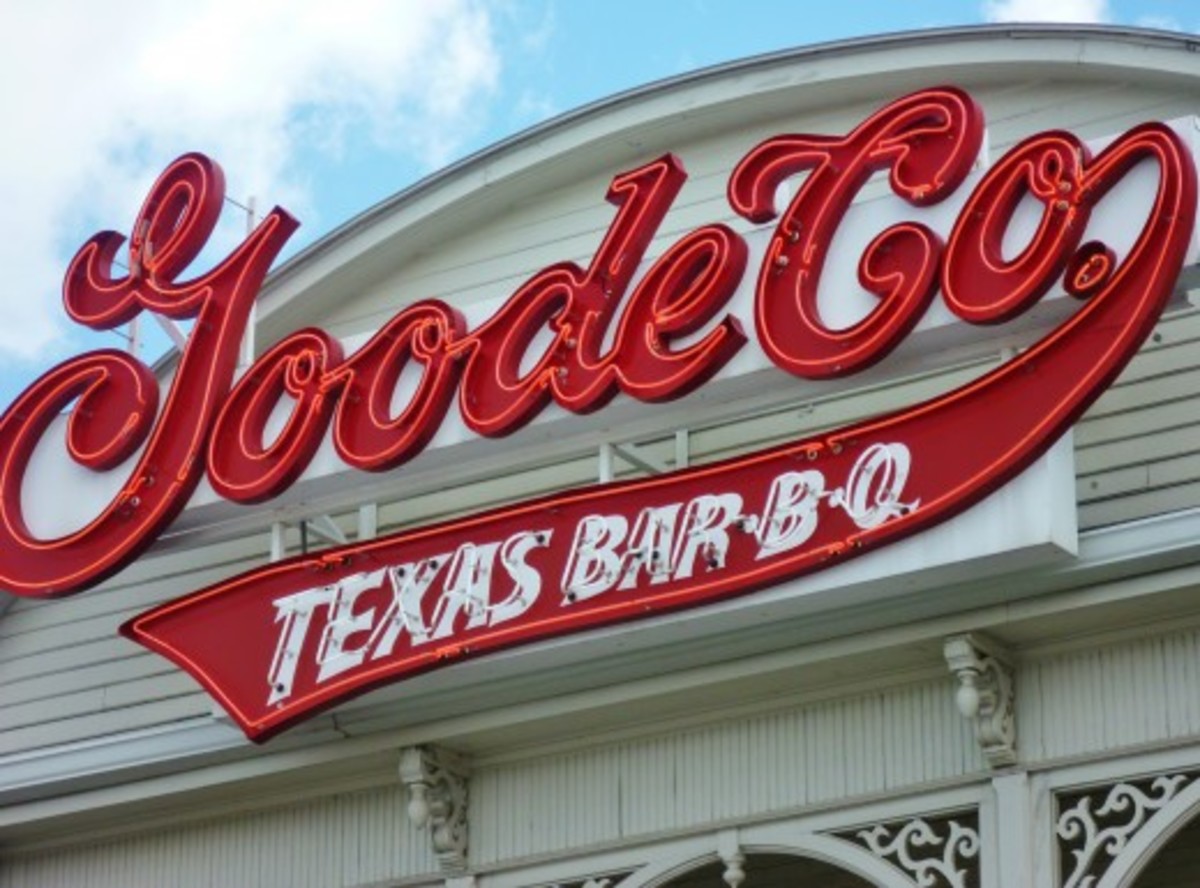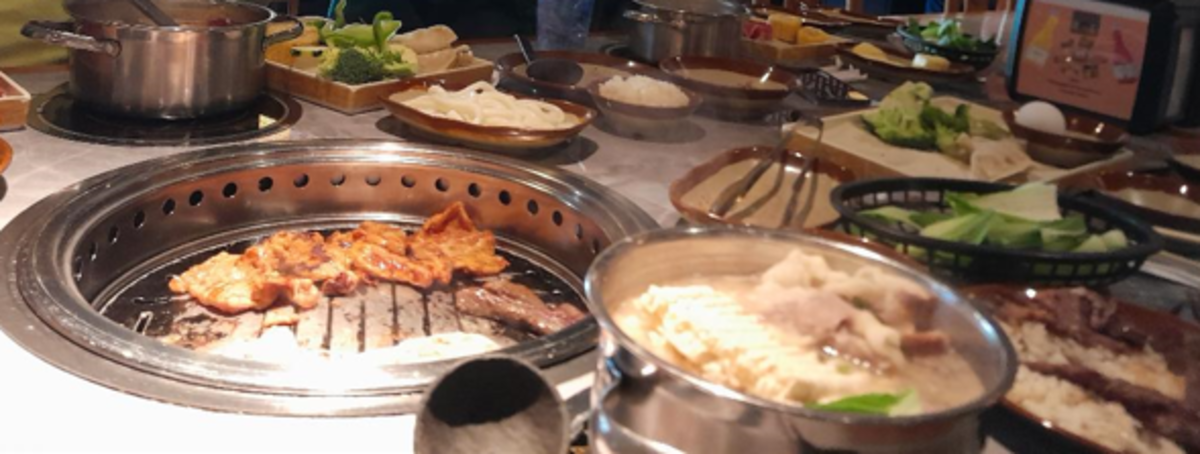Mongolian Grill or Barbeque: Make Your Own Stir-Fry
In most major metropolitan areas, ranging from New York City and Chicago to Denver and San Diego, you can find a Mongolian Barbeque restaurant that allows you to create your own stir-fry. If you like Chinese and Japanese stir-fry and crave fresh vegetables and rice, you might want to consider this unique way to dine.
Mongolian Grills or Barbeque restaurants first emerged in Taiwanese restaurants in the early 1970s. Even though the restaurant concept came about in Taiwan, the idea of cooking a stir-fry on an open grill goes back to Mongolian traditions. At the time that the Taiwanese popularized the concept, Japanese Teppanyaki, which also carries the concept of stir-frying on an open grill, was extremely popular in Taiwan. Rather than cooking Japanese food on the grill, the Taiwanese decided to cook Chinese food on the grill...thus the birth of the Mongolian Barbeque concept.
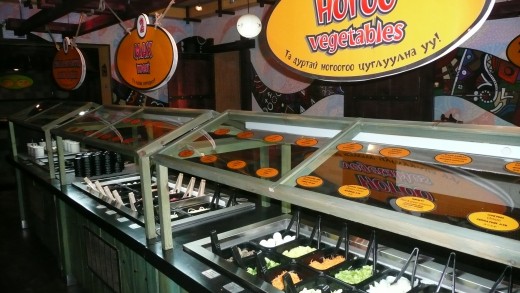
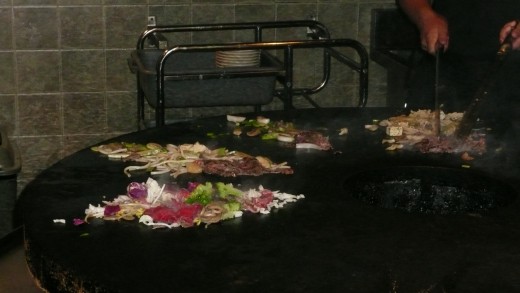
The Experience
When you first enter a Mongolian Barbeque restaurant, you will see a buffet-like spread of fresh vegetables, meats, and other stir-fry ingredients. There are usually a myriad of sauces and spices to flavor your meal.
Ordering
Typically, the menu options consist of the the type of stir-fry you want (all vegetarian, meat, etc.) and the amount of stir-fry you want to eat (one bowl, unlimited bowls, etc.). You are also usually asked to select a side of rice (some offer brown rice), noodles, or even tortillas. It really depends on the restaurant itself in terms of what they offer as sides.
Building
After you order your meal-type and quantity, you proceed to build your heaping bowl of goodies. All stir-fry ingredients you can ever imagine are usually included in the spread of most restaurants, ranging from chicken and pork to broccoli and carrots. You will likely also see ingredients like water chestnuts and bamboo shoots to pineapple and cashews. Diners will generally pile on as much as they can in their bowls, filling them to capacity with meats and vegetables.
When all the "stuff" is piled high and you are satisfied with the mix, the sauces and spices are then added to the heap. Usually, restaurants offer sauces ranging from black bean paste and Teriyaki to curry and regular soy sauce. There are usually a wide range of spices to add into the dish as well, such as sugar, salt, and pepper.
Cooking
The next step in the process would be to bring the heaping bowl to the "cook" who will dump out all the ingredients onto a huge, round, open grill. Using two long sticks or paddles-of-sort, the "cooks" stir-fries your personalized dish until all ingredients are fully cooked. This large grill can accommodate a few meals at a time so that the wait is not a long one for hungry diners.
Eating
Usually, by the time you return to your assigned table, your side is waiting for you to dump your sitr-fry onto it for consumption purposes. Sometimes, there is an element of surprise attached to the taste of the meal. Depending on what you put into your creation, the taste can be extremely unique, unlike anything you would taste in a typical Chinese or Japanese restaurant.

Today, there are many Mongolian Barbeque chains around the world. A few of them include:
- BD's Mongolian Barbeque
- Ghengis Grill
- Y.C.'s Mongolian Grill
- Hula's
- Fire and Ice
You will be able to find these around North America, Europe, and Asia.
If you are looking to take a risk and try something a little different, look for a Mongolian Barbeque restaurant and make up your own stir-fry. If anything, you'll have the experience to talk about and share with your friends and family.


